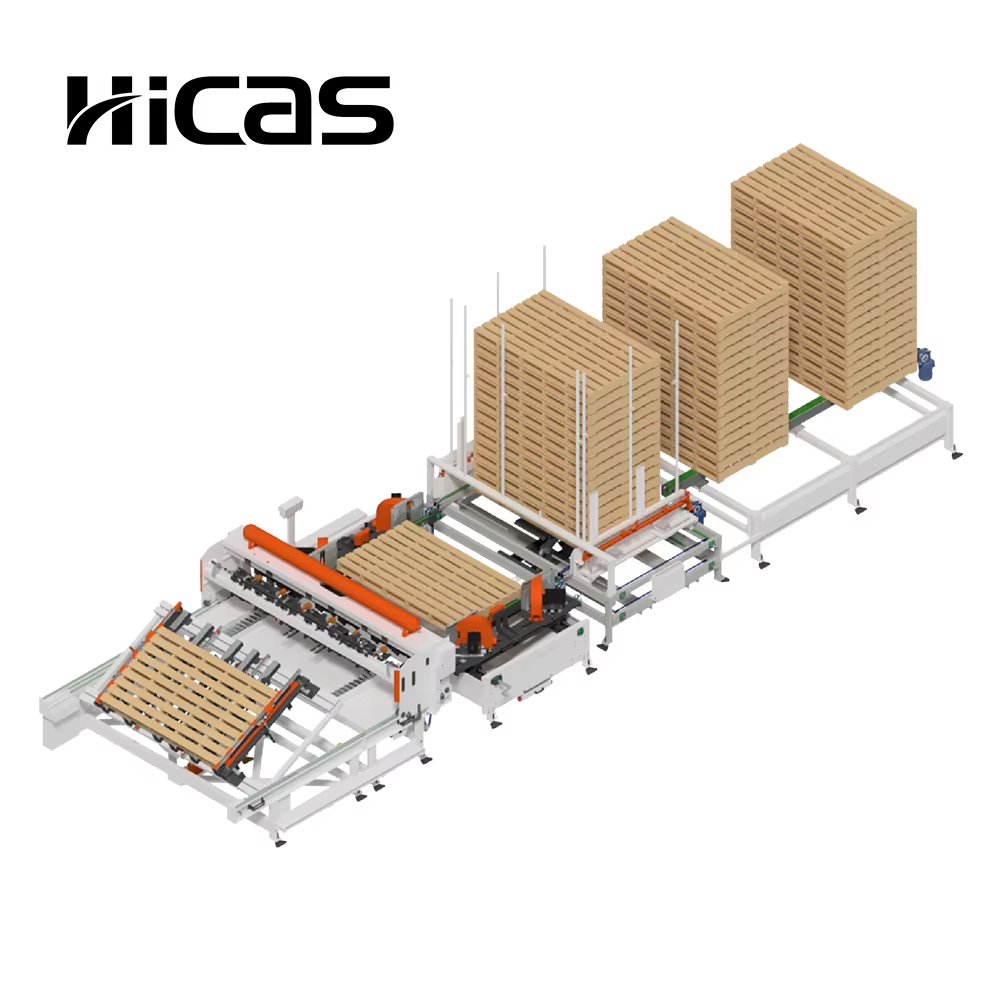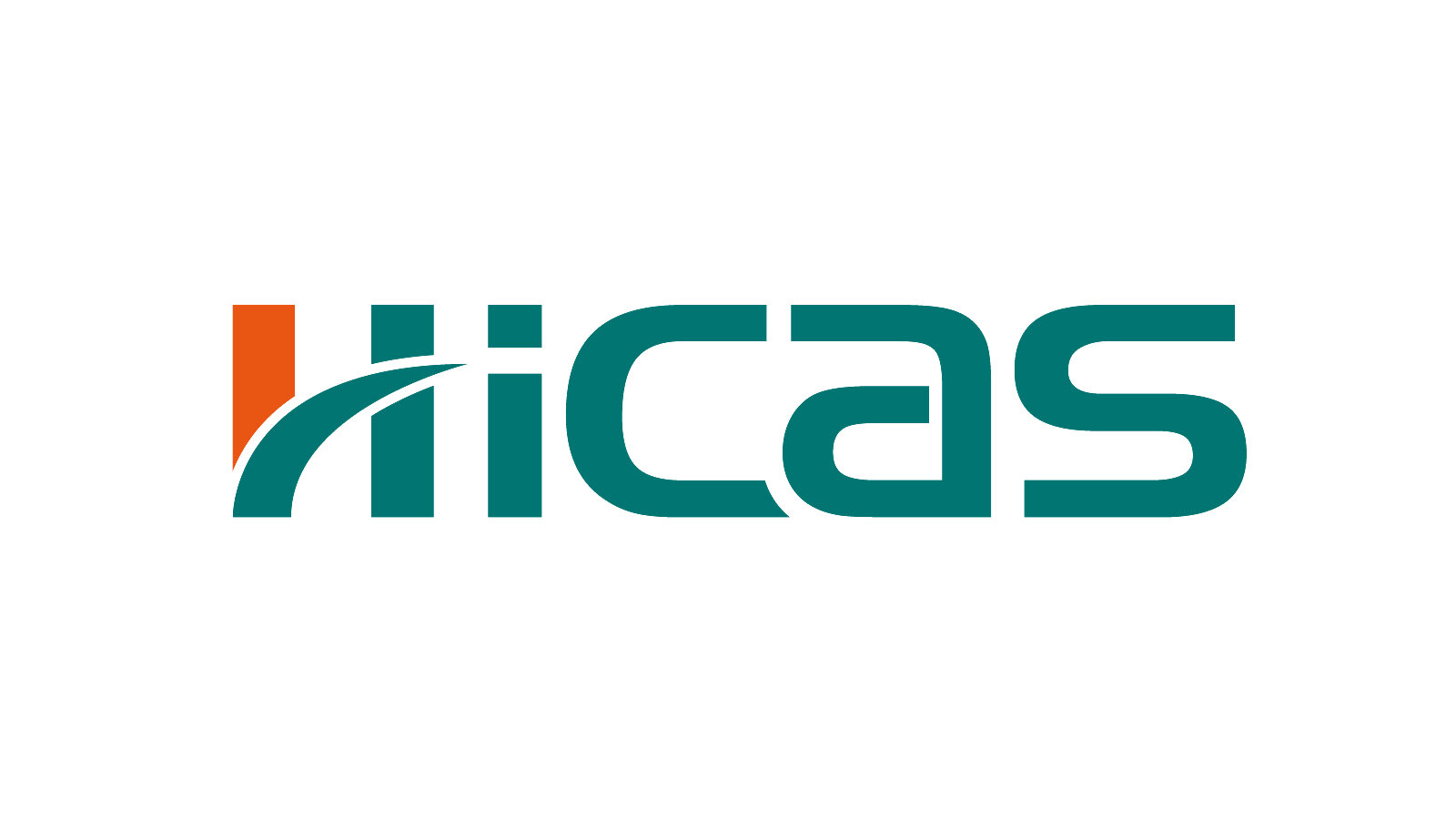Match Machine Capacity to Your Business Size and Production Volume
Selecting a wood pallet nailing machine that aligns with your operational scale prevents costly inefficiencies. Small businesses (1–5 employees) typically need machines producing 200–400 pallets/day, while mid-sized operations (6–20 employees) require 600–1,200 pallets/day. For enterprises, prioritize systems exceeding 1,500 pallets/day with cycle times under 20 seconds.
Cycle Speed and Throughput: Choosing a Wood Pallet Nailing Machine That Meets Output Targets
High-speed pneumatic models achieve 45 nails/minute but require skilled operators. Semi-automatic electric alternatives offer 25–30 nails/minute—ideal for facilities with limited daily production windows.
Real-World Example: Output Improvements in a Mid-Sized Pallet Operation After Upgrading Equipment
A Wisconsin manufacturer increased daily output from 720 to 1,008 pallets after switching to a modular nailing system, recovering their $82k investment in 14 months (2023 equipment ROI study).
Right-Sizing Your Machine to Avoid Underutilization or Bottlenecking
Production capacity analysis shows 68% of pallet businesses overspecify machines, leading to $12k annual waste in maintenance and energy. Match nail gun capacity (±15%) to peak seasonal demand rather than annual averages.
Evaluate Automation Level Based on Labor Availability and Efficiency Goals
Labor Requirements Across Semi-Automatic and Fully Automatic Wood Pallet Nailing Machine Systems
Most semi-automatic systems need around two or three workers during each shift to handle materials and check quality standards. Fully automatic versions cut down on staff requirements significantly, often needing just one person to oversee several machines at once. The Manufacturing Efficiency Institute reported last year that big production sites which switch to fully automatic wood pallet nailing equipment can boost their output by nearly two thirds, hitting about 180 pallets per hour instead of what semi-automatic models manage. When it comes to workforce planning, there are some important factors to keep in mind regarding these different system types.
- Semi-automatic: 5–10 manual interventions/hour due to jams or material variances
- Fully automatic: Fewer than two interventions/hour, supported by automated error correction
Balancing Flexibility and Automation for Optimal Operational Efficiency
For companies dealing with different kinds of pallet production, hybrid setups tend to work best. According to recent industry data from 2023, when manufacturers mix semi-automatic stations for those special order jobs with fully automated lines for regular pallets, they cut down on wasted time by nearly 30%. Plus, their machines stay busy around 95% of the time. What makes this possible? Adjustable clamping mechanisms paired with programmable nailing sequences let operators switch from block to stringer pallets in under eight minutes without much hassle involved in changing tools. These systems really streamline operations for facilities handling diverse product demands.
Long-Term Labor Cost Savings With Automated Nailing Solutions in High-Volume Facilities
Wood pallet nailing machines that are automated typically start showing their worth back within around 12 to maybe even 18 months for operations making over 15 thousand pallets each month. Take one company from the Midwest as an example; they saved about $216k annually on direct labor once they went fully automated. Pretty impressive since this happened while actually producing 22% more pallets than before. The savings weren't just money either; these newer machines with energy-efficient servo motors cut down electricity usage by roughly 31 percent when compared against old-school pneumatic systems according to some recent findings from the PalletTech folks last year.
Ensure Compatibility with Pallet Types and Production Flexibility Needs
Modern Wood Pallet Nailing Machines must adapt to diverse pallet designs while maintaining production agility. With 38% of manufacturers handling four or more pallet types daily (2023 Pallet Production Report), compatibility directly impacts efficiency.
Handling diverse pallet types: block, stringer, oversized, and recycled lumber
The ideal machine accommodates thickness variations from 0.5" recycled lumber to 2" hardwood blocks. Advanced systems feature automatic pressure adjustment to prevent split stringers and sensor-guided nail placement for oversized pallets up to 72" long. A 2024 study showed multi-profile machines reduced material waste by 19% compared to single-purpose units.
Adjustable configurations and customization options in Wood Pallet Nailing Machines
Leading models offer:
- Swappable jig sets for block vs. stringer pallet layouts
- 15–30° nail angle adjustments for mixed-material assemblies
- Pressure-sensitive depth control (200–1,500 PSI range)
These capabilities enable seamless shifts between EURO and ISO standard pallets without retooling delays.
Compare Power Systems: Hydraulic, Pneumatic, and Electric Nailing Technology
Overview of Hydraulic, Pneumatic, and Electric Wood Pallet Nailing Machine Systems
Wood pallet nailing machines today generally run on one of three main power sources: hydraulic, pneumatic, or electric. Hydraulic models work by pushing pressurized fluid through the system, which gives them that extra punch needed when dealing with tough hardwood materials. For jobs that aren't quite so demanding but still need good results fast, pneumatic units are popular choices since they can fire nails quickly and reliably using compressed air. Electric versions have become increasingly common lately thanks to their brushless motor technology that offers both accuracy and lower energy consumption, something many manufacturers care about these days. When looking at what works best for different situations, hydraulic systems tend to handle the really heavy-duty work without breaking a sweat, while pneumatic options strike a nice middle ground between getting things done quickly and keeping costs down. And let's not forget about electric models either, which might cost more upfront but actually save money over time because they don't eat up as much electricity during operation.
Analyze Total Cost of Ownership and Future Scalability
Calculating ROI: Upfront Cost vs. Long-Term Savings With a Wood Pallet Nailing Machine
A comprehensive Total Cost of Ownership analysis reveals the average mid-sized pallet manufacturer spends $28,000 annually on equipment inefficiencies. While premium wood pallet nailing machines may cost 20–35% more upfront than entry-level models, they deliver long-term savings through:
- 40% lower maintenance requirements (2025 Industrial Fastener Report)
- 18% energy efficiency gains in automated systems
- 62% faster production cycles for high-volume orders
Manufacturers upgrading to modern machines report payback periods of 12–18 months, with ROI increasingly influenced by labor optimization and reduced material waste.
Fastener Costs: Bulk vs. Collated Nails and Supply Chain Considerations
Using collated nail systems can cut down on handling expenses by around 55 percent, though they do cost about 8 to maybe even 12 percent more per unit compared to traditional options. For businesses that manufacture over 15 thousand pallets each month, bulk nail operations tend to work better since the volume discounts usually cover those extra costs. We're talking about roughly 1.7 full-time equivalents worth of labor saved every hour when switching from manual loading methods. Companies located in areas where supply chains frequently get disrupted often keep about 30% of their inventory in collated nails just to stay operational during these rough patches, even though it means spending a bit more money upfront.
FAQ Section
What are the benefits of using a wood pallet nailing machine?
A wood pallet nailing machine increases efficiency, reduces labor costs, and offers consistent quality. Automated systems also minimize errors and improve production rates, particularly in high-volume operations.
How do I determine the right machine capacity for my business?
Match the machine capacity with your business size and production volume. Small businesses need machines producing 200–400 pallets/day, while mid-sized businesses require 600–1,200 pallets/day. Large enterprises should look for systems exceeding 1,500 pallets/day.
What should I consider when choosing between semi-automatic and fully automatic machines?
Semi-automatic systems require more labor and result in manual interventions per hour, whereas fully automatic systems reduce staff needs and operate more efficiently with automated error correction.
Why is power type important in nailing machines?
Power type affects the nailing performance and efficiency. Hydraulic systems deliver high force for heavy-duty tasks, pneumatic systems offer fast cycles, and electric systems provide accurate placement with lower energy consumption.


